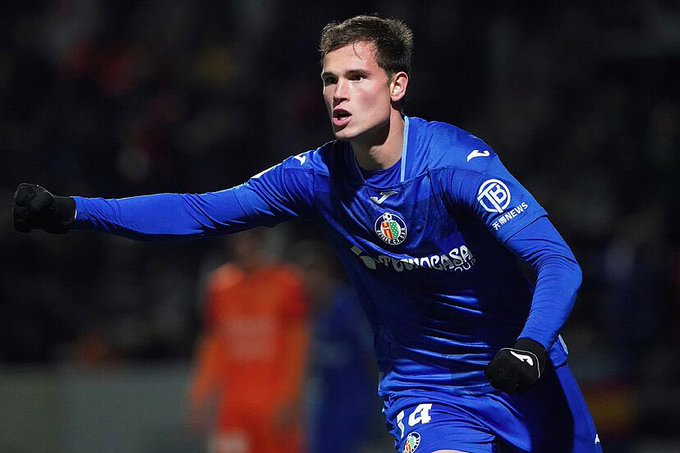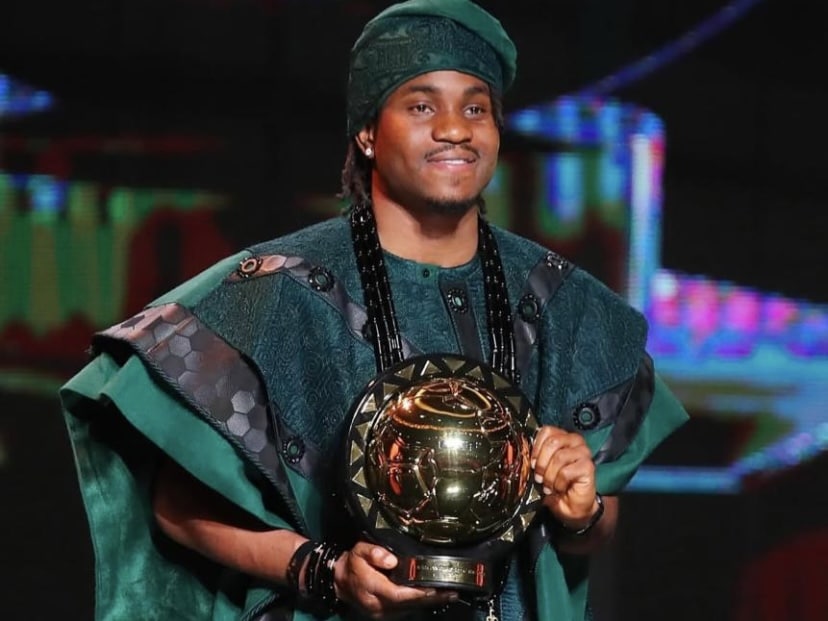Part 2 : The Economics of a Football Club
How the Money Comes In and Where It Really Goes

Player wages are where most of a club’s money goes. The top sides spend hundreds of millions a year keeping stars happy while trying to protect their internal balance. A healthy wage structure builds order and a reckless one eventually bites back. PSG lived on one end of that spectrum for years, stacked talent with massive salaries and little control. But eventually, they learned. After years of inflated egos and short-term glamour, the club shifted towards structure and sustainability and it has paid off. Bayern remain the standard amongst the biggest clubs, disciplined, consistent and built on clear limits.
Barcelona’s story sits somewhere in between a lesson to be learned about ambition can turn to desperation. Their wage bill once ballooned to the point of crisis, forcing the club into painful cuts and renegotiations. Letting go of legends, trimming contracts, and reworking deals. These weren’t choices, they were necessities. The rebuild hasn’t been easy, but it has shown how even football’s biggest names aren’t immune to financial mishaps.
And it’s not just about the players. Behind the scenes, modern clubs employ analysts, medics, nutritionists, and data staff whose work quietly sustains everything. Their salaries don’t make the news, but their impact does. In football, the people you don’t see often determine how well the ones you do perform.
Stadiums are still temples, the emotional core of football. They hold memories, songs, and generations of identity. But in today’s game, they’ve also become the foundation of financial stability. The best clubs treat them as both, a home for fans and a long-term investment.
And you can’t talk about great stadiums without mentioning the giants. The Santiago Bernabéu is the perfect example, a historic arena now rebuilt into a futuristic landmark with a retractable roof, 360° screens, and year-round events. Real Madrid managed to modernise without losing tradition, turning their stadium into both a monument and a money-maker.
Tottenham’s new ground follows a similar path with state-of-the-art facilities, NFL games, concerts, and unmatched hospitality, all while keeping football at the centre. These venues prove that modernisation doesn’t have to erase the soul of the sport. A great stadium can honour its past while paying for its future.
Success costs money, but in modern football, spending it recklessly isn’t an option. UEFA’s Financial Fair Play (FFP) and the Premier League’s Profit and Sustainability Rules (PSR) were designed to stop clubs from chasing glory at the cost of collapse. In practice, they’ve forced smarter planning or, in Chelsea’s case, creative accounting.
Under Todd Boehly, Chelsea pushed the limits by spreading transfer fees across very long contracts. Eight-year deals became their trademark, not just to secure players, but to ease the yearly hit on their books through amortisation. It’s ambitious and divisive, but undeniably clever in a system built on financial fine lines.
Real Madrid, meanwhile, have taken the opposite route, one built on patience and leverage. Instead of paying inflated transfer fees, they’ve mastered the free-agent market. Players like David Alaba, Antonio Rüdiger, and most recently Kylian Mbappé and Trent Alexander Arnold joined without transfer costs attached. Of course, Madrid still paid hefty signing-on bonuses and wages, but those payments are easier to navigate under FFP than a single lump-sum transfer fee.
It’s the quiet power of timing and reputation, Madrid don’t outspend clubs, they outlast them. In the financial game, that’s just as effective as winning on the pitch.
Football clubs aren’t local institutions, they’re global businesses with fanbases that stretch across continents. Revenue now comes as much from digital platforms and brand reach as it does from sales and matchday attendance. The most successful clubs have turned themselves into ecosystems media arms, academies, tech labs, and merchandising giants all feeding the same machine.
Multi-club ownership models like City Football Group and Red Bull’s network are rewriting how influence and investment spread. AI, analytics, and data are shaping how talent is bought and developed. The game is getting smarter, faster, and far more connected.
For all the talk about passion and loyalty, football runs on structure and balance. The clubs that last aren’t always the ones that spend the most, but the ones that understand how to spend well. From Madrid’s patience in the market to Chelsea’s calculated risk-taking, from Bayern’s wage discipline to Tottenham’s stadium blueprint, the money almost always tells the story.
Modern football isn’t escaping its business side, it’s learning to live with it. The numbers don’t replace the emotion, they sustain it. Because in the end, every goal, every signing, every rebuild is powered by the same thing: the constant fight to stay competitive in a game where success and survival cost more each year.







